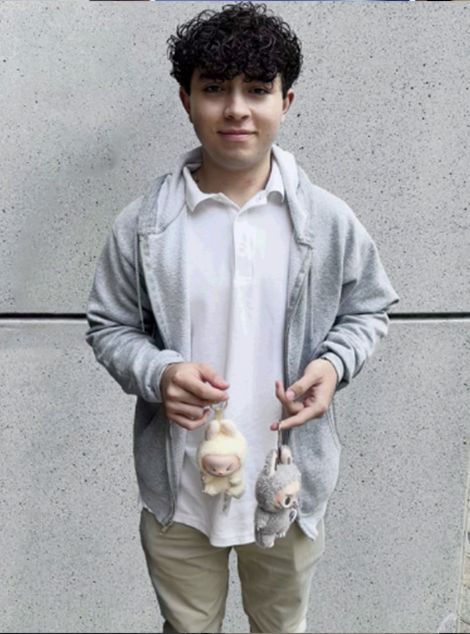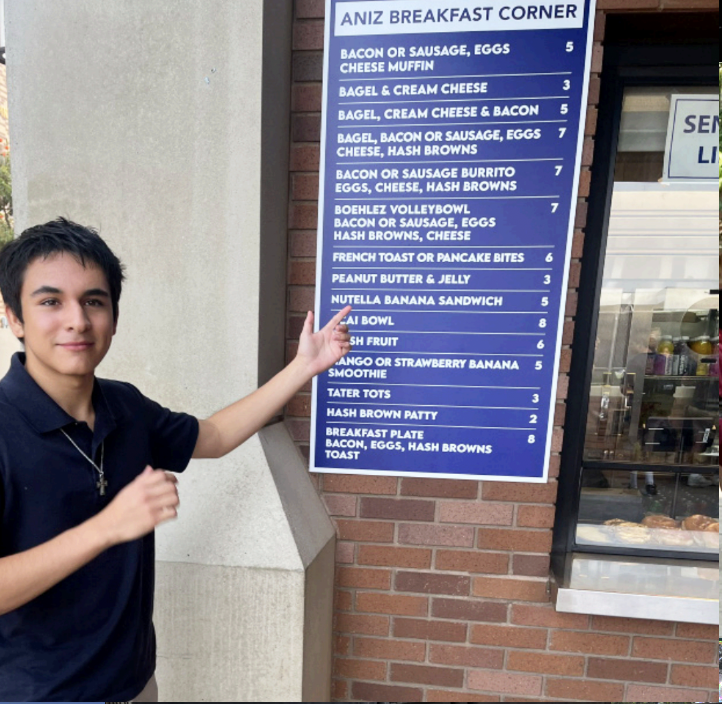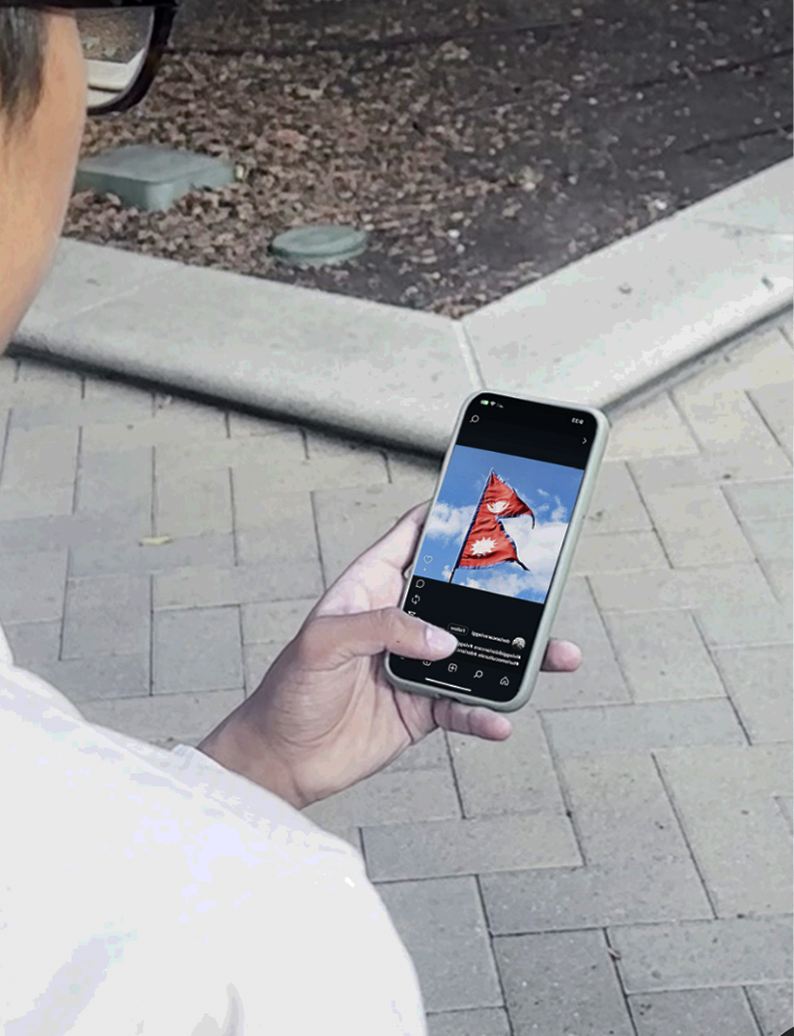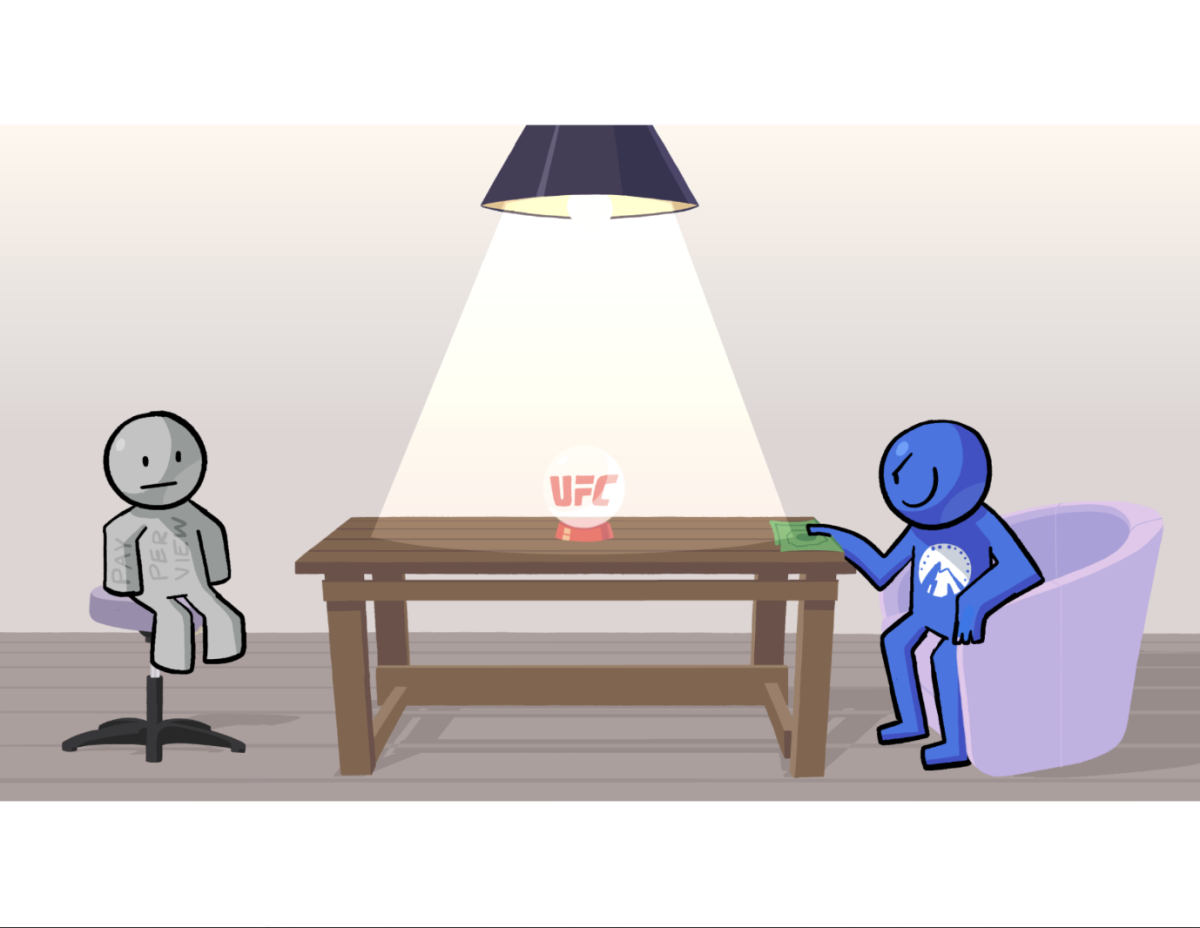
Matcha, a green, semi-bitter, semi-sweet, umami tea from Japan, has taken the world by storm. An unconventional color and taste that the worldwide palette is somewhat unaccustomed to, matcha has interesting antioxidant capabilities and has found a place in Loyola culture.
Traditionally, matcha is made as a powder from green tea leaves in the shade to reduce the bitterness and is usually prepared with hot water to calm the senses. It has a “vegetal” taste according to some, tasting smooth with subtle sweetness and bitterness.
Succinctly, Jacob Santos ‘27 voiced his stance on matcha: “I like matcha, it goes well with my readings.”
However, in American culture, matcha has found a way into popular culture for the worse, going against any health benefits through sugary drinks that fight against the bitterness and umami flavors to cater to American palettes.
Theology teacher Thomas Cendejas, avid matcha and green tea enthusiast, said, “I’m okay with matcha, just the taste of it or just using a tiny bit of natural sweetener. But for those that have it with, say, sugary things, like Starbucks does, I would say that you are cancelling out the health benefits because the sugar lowers your immune system instead of building it up and so your sugar overtakes you.”
While this is a valid argument, Joseph Palacios ‘27 reveals the good that could come from companies such as Starbucks using matcha.
He argued, “Starbucks brings it a bigger consumer market and more popularity, innovates it for a larger audience and thus Starbucks encourages people to try the original version through exposure.”
While this is true, the globalization of matcha and matcha powder is taking a toll on its harvesters and farmers in Japan: they cannot keep up with the demands for matcha on a global scale. Thus, there has been recent matcha shortages, or, as the New York Post puts it, “the demand is getting too matcha.”
Although there is a current shortage, its high demand will most likely never cease due to its health benefits, its natural antioxidants,
and its subtle, delicious taste.
However, some may not like matcha for their own reasons. The green color often pushes people away from it, as well as the fact that
matcha comes from a powder, so one must prepare it themselves, with the added risk of a chalky texture if not mixed properly. Some might even just prefer the taste and the availability of coffee rather than teas.

While these are valid judgements of the tea, with more support for both matcha growth in Japan and consumption worldwide, it could be argued that matcha could surpass drinks such as coffee in popularity due to its caffeine content as well as
its antioxidant properties.
Nevertheless, the health benefits of matcha, the unique taste of the drink and the general acceptance of the drink in a Western culture has made matcha unmatched in Asian culture as a drink for any occasion. Whether served hot or cold, matcha as taken
our culture by storm, and as matcha continues to rise in popularity, it will soon be an un-matcha-ble drink!

































